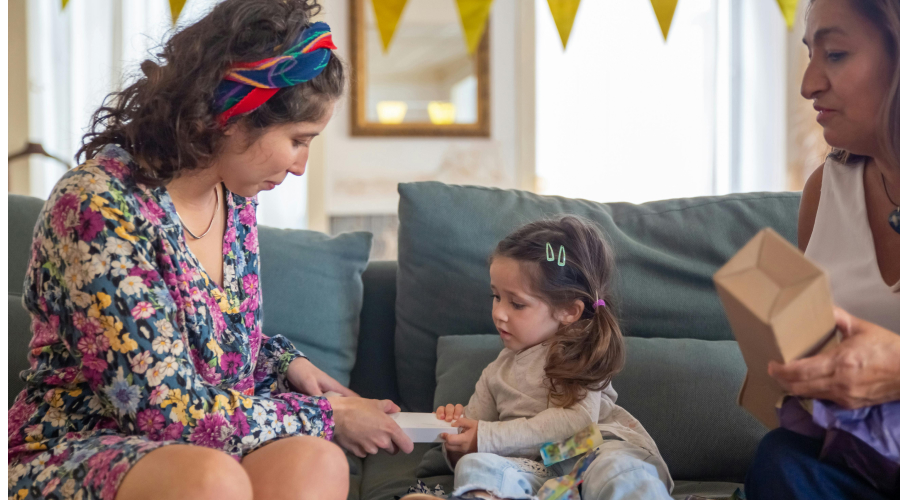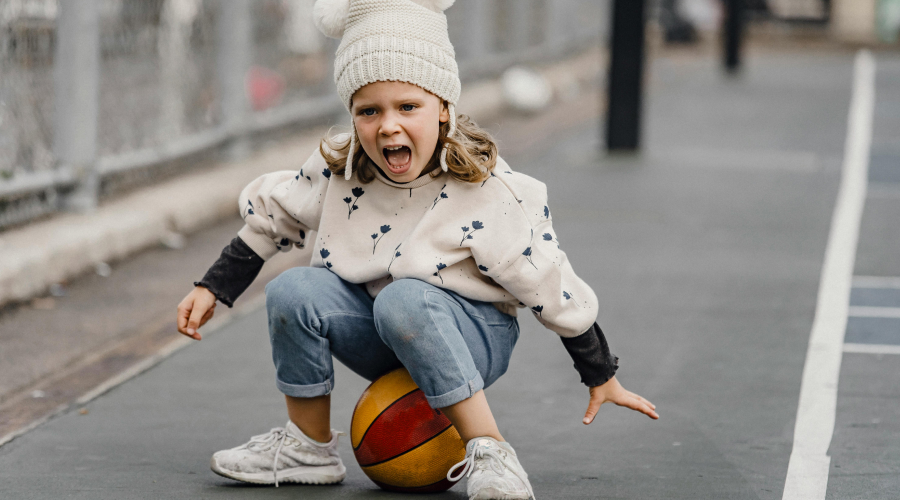settings
children
With Famly since

Mental health is health
Mental health is health. Our brains, bodies, and emotions are interconnected; to dichotomize any aspect of our health is to miss the whole picture. The global COVID pandemic left us with an opportunity to acknowledge that mental health is not just something for “some people” or “some communities.” Mental health is something that all humans need to nurture, cultivate, and learn about to thrive. Our mental health and well-being ultimately determine the quality of our lives and the relationships we maintain.
I mention the pandemic, or as I call it a “collective trauma,” that forced many of us to look at our mental health. Whether it was due to the stress of isolation, financial instability, health, or uncertainty, many people struggled with mental health issues during this time. In fact, we were left with a landslide of mental health needs in communities across the globe. The Centers for Disease Control reported that suicide is the second leading cause of death amongst youth, with one in five youth reporting a mental illness. Subsequently, there is finally a spotlight on mental health. One that is long overdue.
Why is the mental health of your child important?
When is the right time to start talking about mental health? At Momentous Institute, we believe you should start early and often. Momentous School places equal emphasis on academics and social emotional health. We have proven that children as young as three can learn about their brains, emotions, and relationships.
This type of education ensures robust academic achievement and nurtures a healthy human being. This leads to children having the ability to nurture their own well-being and build a healthy community around them. We don’t have to wait until graduate school, like I did, to learn how to best navigate our mental health.
Also, remember that it is essential that parents and caregivers learn how to nurture young children’s mental health, and the best way to do that is by prioritizing their own well-being. You cannot pour from an empty cup.

Putting it in practice: mental health in the ECE classroom
What does managing your mental health look like in practice? As a clinical psychologist, I like to keep it simple, digestible, and practical. I teach brain basics, the science of breathing, and how to build healthy relationships. I take complex information on neuroscience and psychology and teach parents and children the basics of brain anatomy, recognizing emotions, and how all this relates to mental health.
Neuroscience for the little ones
The education of the brain is focused on a few major structures: the brain stem, amygdala, and prefrontal cortex. The brain stem is one of the first structures to develop in utero, and it controls communication between the body and brain. The brain stem also controls basic bodily functions like breathing and heart rate. The second part of the brain that I teach about is the limbic system, where the amygdala is housed, which regulates emotions and stress. Finally, the prefrontal cortex, or what I call the “CEO of the brain.” The prefrontal cortex is the last part of the brain to develop and manage logical thinking and reasoning. So, expecting a child to listen to a lecture mid-tantrum is not likely to be successful.
Understanding the basics of these three brain structures and their sequence in development helps us have clear expectations for ourselves and others. Children often need help regulating their emotions (amygdala) as they are learning and having new experiences. Their prefrontal cortex is not developed enough to fully reason or practice learned tools to manage new or big emotions. In fact, throughout my career, I have often worked with mature adults who still need help managing emotions and developing their mental health toolkit.
Emotion regulation tools for kiddos
One basic tool or skill that I emphasize is breathing. It is important to teach children and adults that breathing is a helpful way to manage our emotions, especially when experiencing anxiety, fear, or stress. It’s ensuring that our breathing is not shallow and stuck in the chest but that we are taking deep and full belly breaths.
Imagine lying down and having a teddy bear on your tummy. Watching it rise and go down with each full breath. Do it three to five times and pay attention to the difference. When we focus on intentional and full breaths, we allow our brain to enter a different emotional state, one that is calmer. It can also help slow down your heart rate, increase clarity in thinking, and provide a better perspective, especially in times of stress.

Importance of positive relationships for young children
Lastly, I like to focus on building healthy relationships and community around us. Humans are wired to be in connection. In fact, humans need connection and healthy relationships to thrive. As we battle an epidemic of loneliness, it is critical that we learn social skills and how to develop healthy relationships.
This likely sounds like it would be innate, but in my experience working with countless youth and adults, we are not often taught the core characteristics of healthy relationships. Mutual respect, trust, honesty, good communication, and individuality are just a few characteristics that we need to emphasize with children for them to learn how to navigate relationships and have a supportive village of people around them. I also talk to caregivers about their relationship with their child and how it will serve as a template for all other relationships in that child’s life.
The recipe for cultivating mental health in early childhood has some core ingredients, which I have outlined above. Start early, teach the brain basics, utilize breathing as a core skill, and foster healthy relationships. This is a basic starting point for cultivating positive mental health at any age. However, I always advise that if you are noticing a shift in you or your child’s functioning at home, school, or in your own self-care, reach out to a mental health professional.
Visit Momentous Institute’s Resource Library to learn more.
The big ideas
Top tips from Reynolda Preschool
Get top tips from a preschool just like yours. Hear from Reynolda Preschool on why and how they use Famly - and why they’ve never looked back.
Read their story









